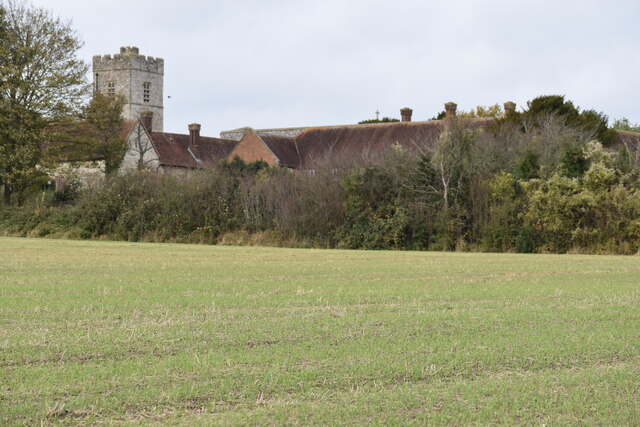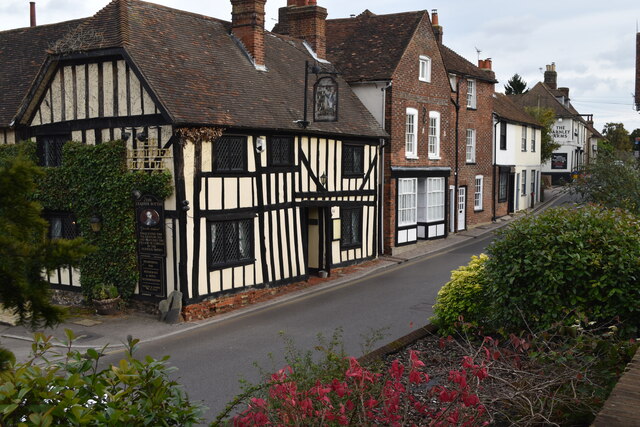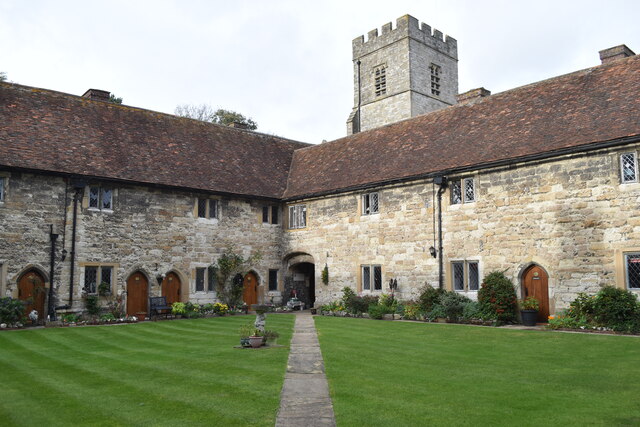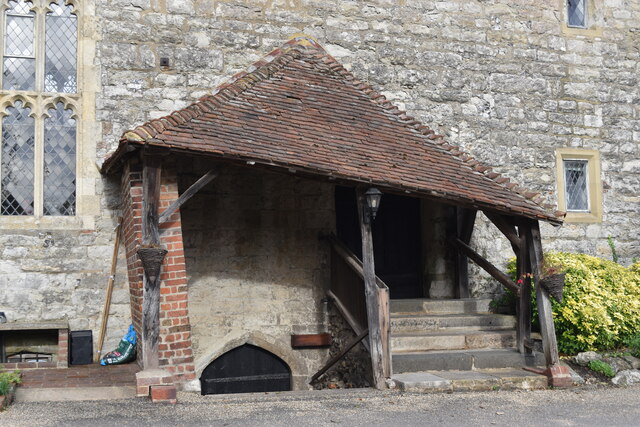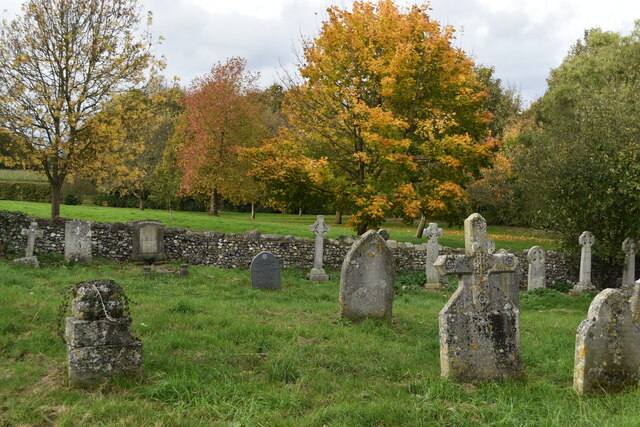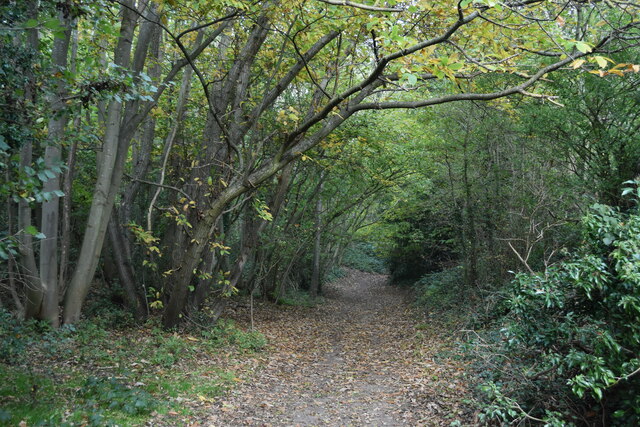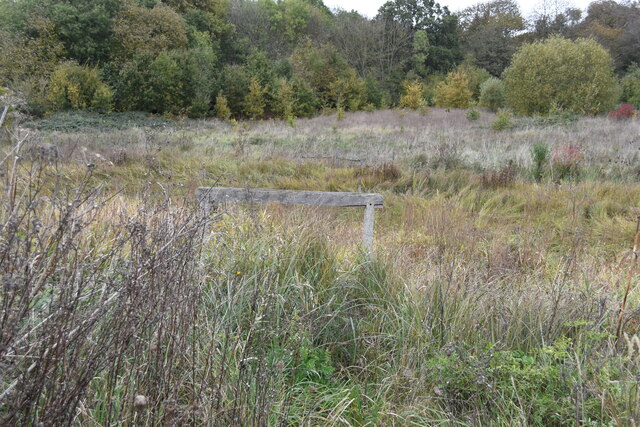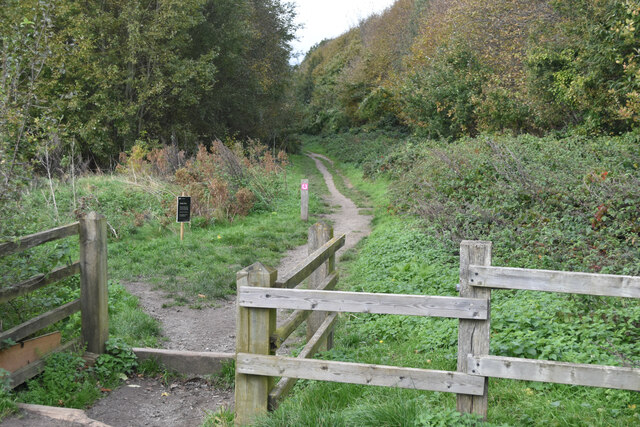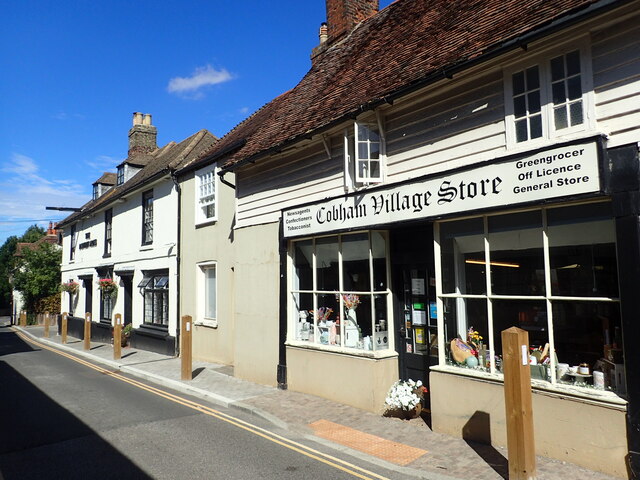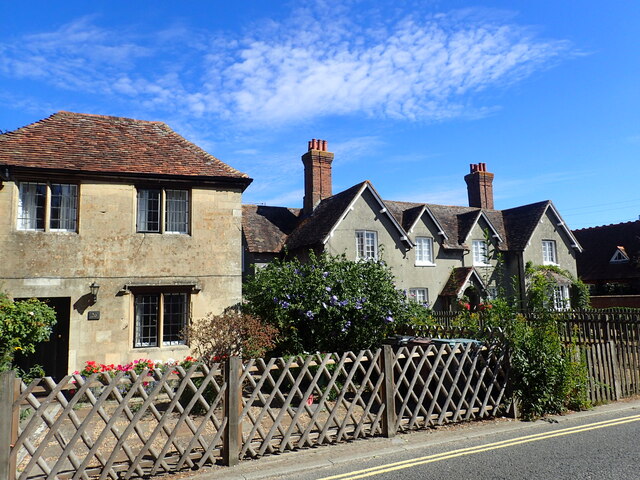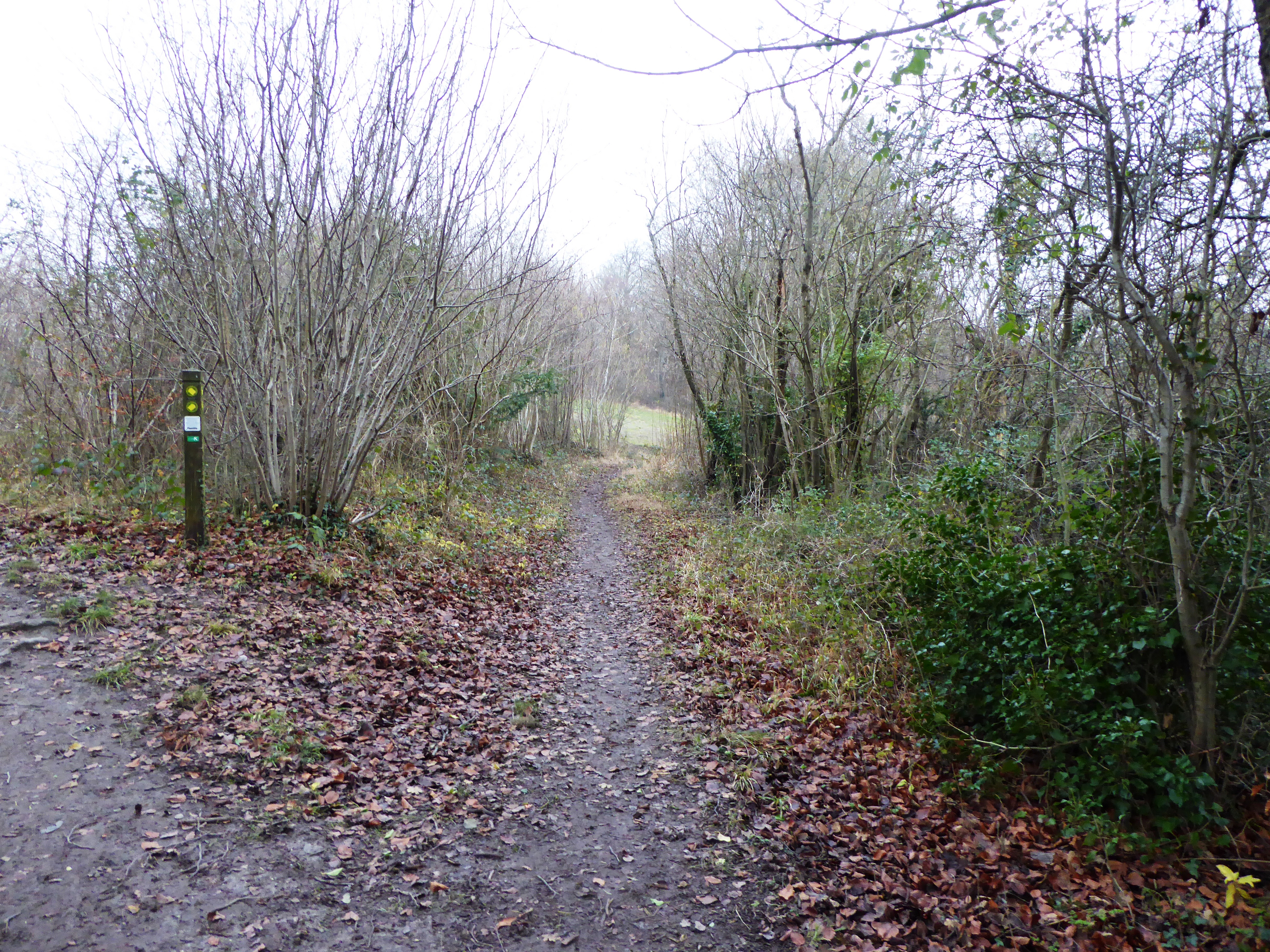Cobham Woods and Mausoleum
Heritage Site in Kent Gravesham
England
Cobham Woods and Mausoleum
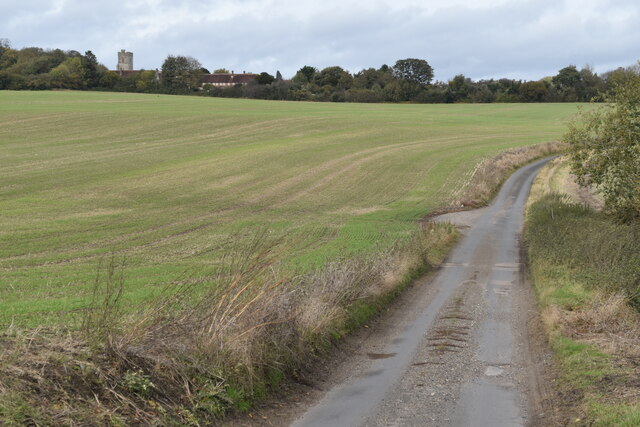
Cobham Woods and Mausoleum is a renowned heritage site located in Kent, England. This picturesque area is characterized by its rich history, natural beauty, and intriguing mausoleum structure.
The site covers an expansive area of woodland, spanning approximately 1,500 acres. These ancient woods are known for their diverse flora and fauna and provide a haven for wildlife enthusiasts and nature lovers. The woodland features a mix of deciduous and evergreen trees, creating a stunning landscape that changes with the seasons.
At the heart of Cobham Woods lies the mausoleum, an architectural gem that dates back to the 18th century. The mausoleum was constructed in 1762 and serves as the final resting place for members of the Darnley family, who were prominent landowners in the area. The structure itself is a striking example of neoclassical design, with its elegant columns and intricate detailing.
Visitors to Cobham Woods and Mausoleum can explore the area through a network of well-maintained trails. These paths wind through the woodland, offering panoramic views of the surrounding countryside and picturesque glimpses of the mausoleum. The site also provides opportunities for recreational activities such as walking, birdwatching, and picnicking.
Cobham Woods and Mausoleum is not only a place of natural beauty but also a significant historical site. It offers visitors a unique opportunity to immerse themselves in the rich heritage of Kent while enjoying the tranquility and beauty of the surrounding landscape.
If you have any feedback on the listing, please let us know in the comments section below.
Cobham Woods and Mausoleum Images
Images are sourced within 2km of 51.395/0.424 or Grid Reference TQ6869. Thanks to Geograph Open Source API. All images are credited.
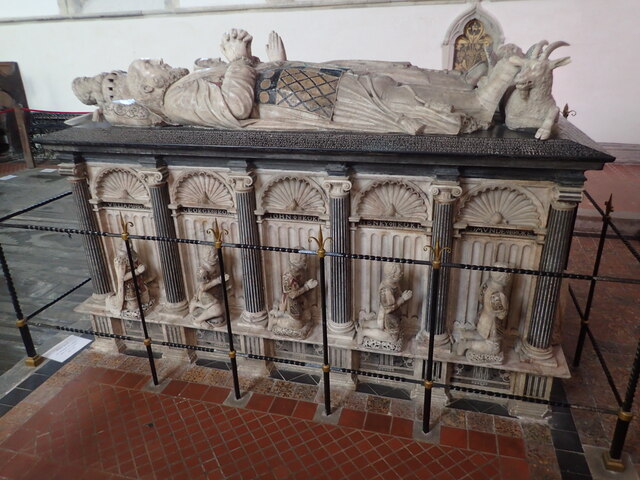
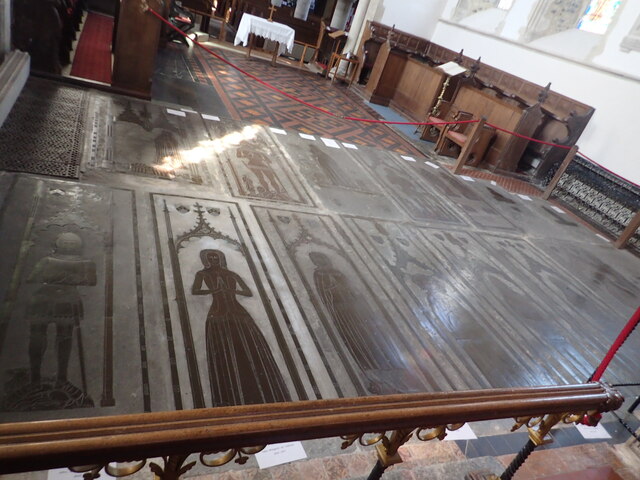
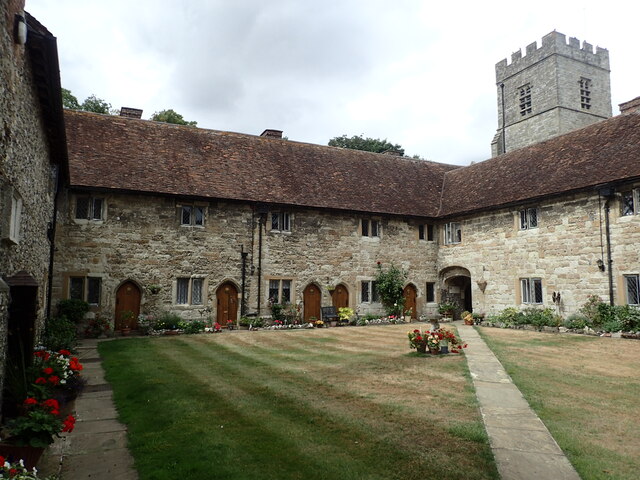



Cobham Woods and Mausoleum is located at Grid Ref: TQ6869 (Lat: 51.395, Lng: 0.424)
Administrative County: Kent
District: Gravesham
Police Authority: Kent
What 3 Words
///works.wallet.hatch. Near Cuxton, Kent
Nearby Locations
Related Wikis
Cobham Hall School
Cobham Hall School is a private day and boarding school in the English parish of Cobham, Kent, for girls only in Years 7 to 11 and co-educational in the...
Cobham Hall
Cobham Hall is an English country house in the county of Kent, England. The grade I listed building is one of the largest and most important houses in...
Cobham Park (cricket ground)
Cobham Park near Cobham, Kent and located within the grounds of the Cobham Hall estate, was used a cricket ground. It was used as the venue for a single...
Darnley Mausoleum
The Darnley Mausoleum, or Cobham Mausoleum as it is often now referred to, is a Grade I Listed building, now owned by the National Trust and situated in...
Shorne Wood Country Park
Shorne Wood Country Park is located between Strood and Gravesend, in the English county of Kent. It was once part of a large estate, later passed to the...
Shorne and Ashenbank Woods
Shorne and Ashenbank Woods is a 197.4-hectare (488-acre) biological Site of Special Scientific Interest between Rochester and Gravesend in Kent. Part of...
Cobham Woods
Cobham Woods is a 242.7 hectares (600 acres) biological Site of Special Scientific Interest on the western outskirts of Rochester in Kent. It is in the...
Cobham, Kent
Cobham () is a village and civil parish in the borough of Gravesham in Kent, England. The village is located 6 miles (10 km) south-east of Gravesend,...
Nearby Amenities
Located within 500m of 51.395,0.424Have you been to Cobham Woods and Mausoleum?
Leave your review of Cobham Woods and Mausoleum below (or comments, questions and feedback).
